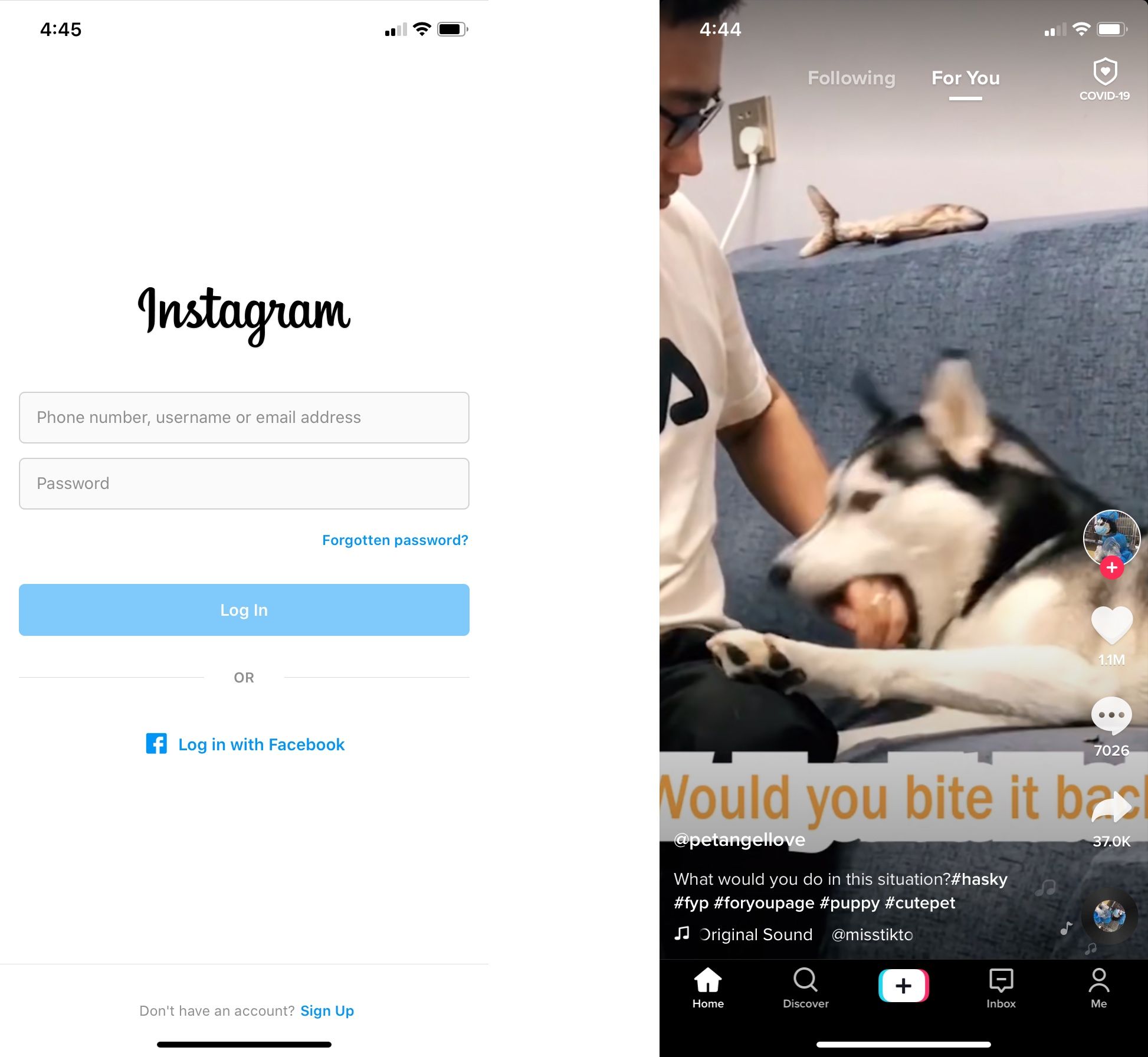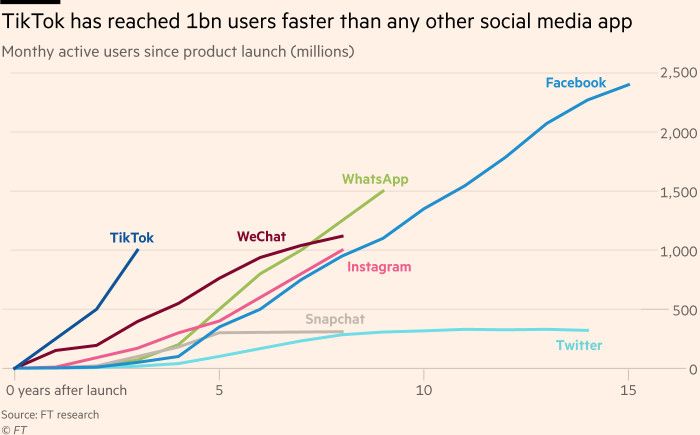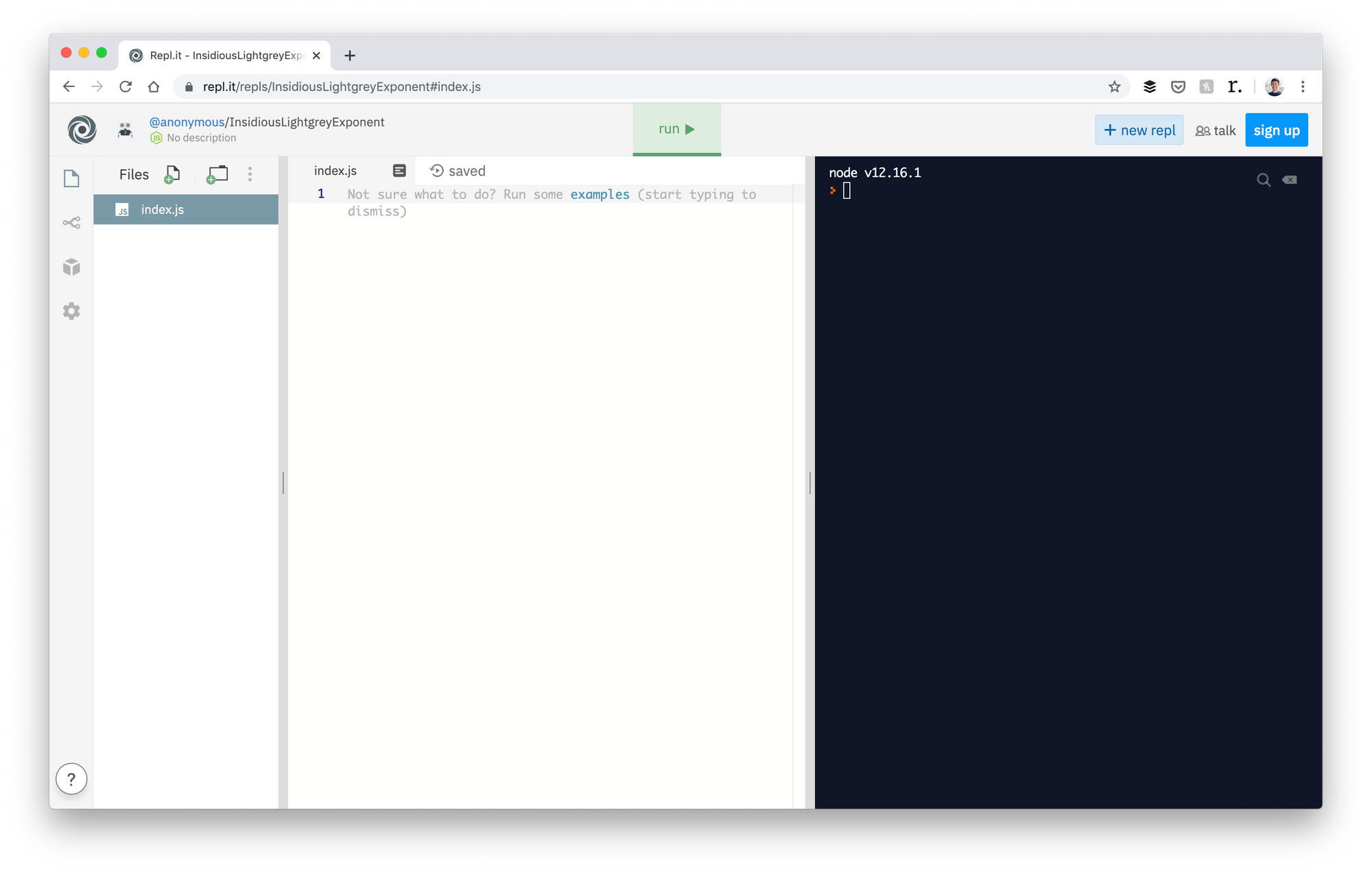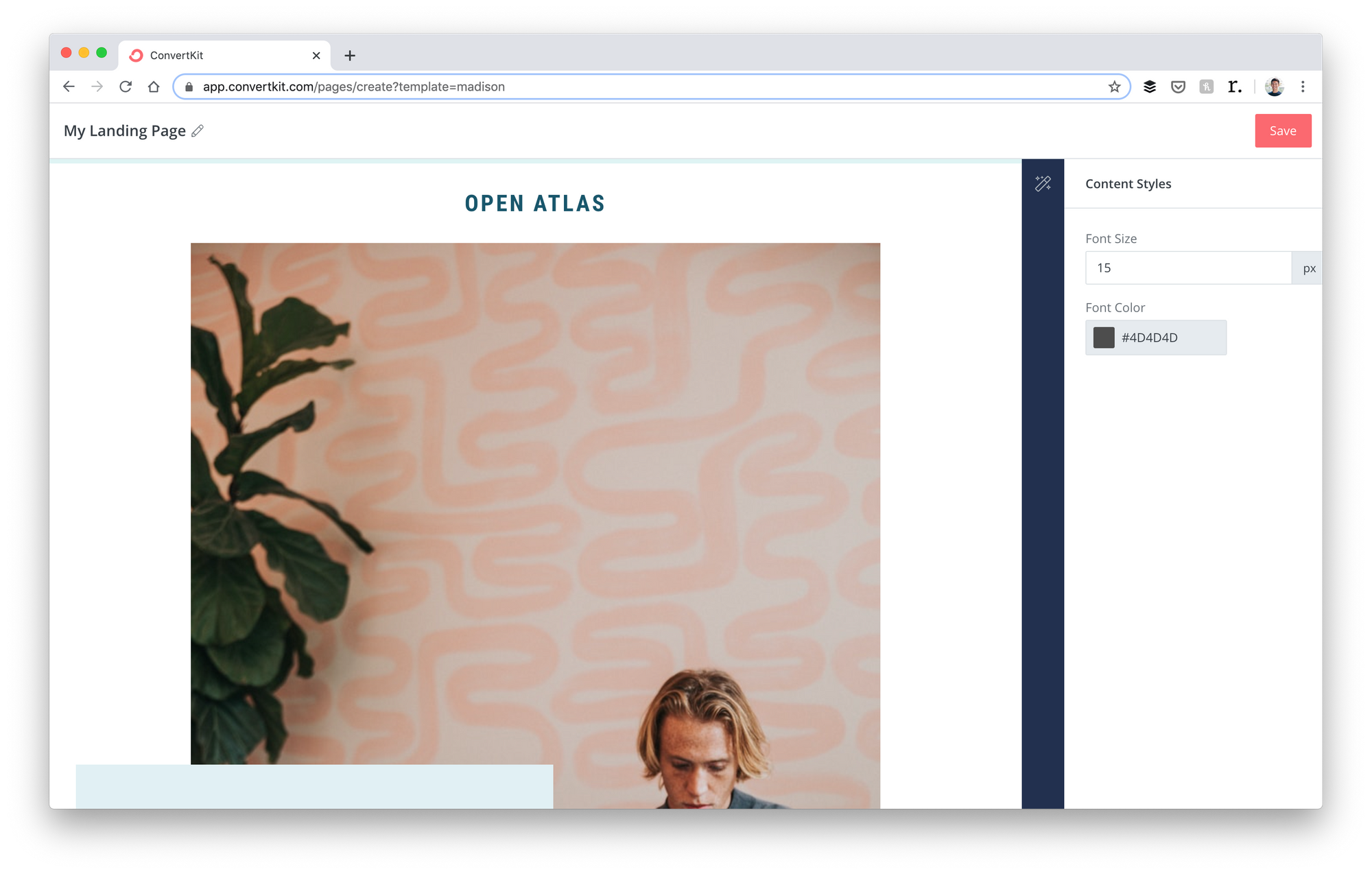Latest Acquisition Strategy: Letting People Get Value Before Signing Up
Alfred Lua / Written on 12 June 2020
What if I told you changing a button increased a site's revenue by $300 million?
You might think I'm joking.
Like many e-commerce sites, this has a form before the checkout page. The form has two fields and two buttons.
Email address and password.
Login and register.
Repeat customers can log in and not have to fill out their payment and shipping information again. New customers can register and store their information for faster checkout in the future.
Sounds great?
Not quite. It turns out new customers just wanted to buy something and not "enter into a relationship" with the company. Also, most repeat customers could not remember their login details and became frustrated with logging in or resetting their password.
In the end, the designers replaced the "Register" button with a "Continue" button and a simple message:
You do not need to create an account to make purchases on our site. Simply click Continue to proceed to checkout. To make your future purchases even faster, you can create an account during checkout.
The number of customers who purchased increased by 45 percent. The extra purchases generated an additional $300 million in the first year.
All they did was to let people continue without signing up for an account.
Underappreciated competitive advantage: letting people do x without creating an account.
Instead of always thinking "How can we force users to sign up?" it might be worthwhile at least trying to ask "How much can we enable users to do without signing up?"
— Paul Graham
The fastest-growing social media app
Back in the days, we had to purchase software in a CD before we can even use it. With the rise of freemium, we can now sign up for either a limited-time free trial or a forever-free plan.
But the leading product companies are taking it one step further.
If you have used TikTok before, you might know what I mean.
I was scrolling through TikTok for a good 30 minutes before I realized I wasn't even logged in. No, I didn't even have an account!
Compare the Instagram app with the TikTok app when the user does not have an account or isn't logged in.
 It is the same on their websites.
It is the same on their websites.
 If I don't create an account or log in, Instagram does not show me anything or let me do anything. Even if I were to create an account, I would see an empty feed. While Instagram will recommend me some accounts to follow, I'll still have to decide who to follow.
If I don't create an account or log in, Instagram does not show me anything or let me do anything. Even if I were to create an account, I would see an empty feed. While Instagram will recommend me some accounts to follow, I'll still have to decide who to follow.
Now consider TikTok.
The moment I open the app, I see a curated list of top videos (often with millions of views). The more I use the app, the more the algorithm knows my preference, and the more it would show me videos that I might like. And I have not even created an account.
Before the user signs up, we first present some onboarding videos, make sure users get the most important use cases (lip-sync use cases) even before they start using [to] change the perception. The second thing is we make sure the user when they land on Musical.ly, they see the best-ever content so we put a human curated list of content on top of the feed for new users. So that's the best content we have to impress the users.
— Alex Zhu, cofounder of Musical.ly, which was merged into TikTok
Instagram is ubiquitous now so it might be hard to imagine it struggling to get users. But for new products, like TikTok was a couple of years ago, the new approach can make a big difference in user acquisition.
A user isn't someone with an account. It's someone who understands and uses your product.
TikTok is now the fastest-growing social media app, reaching 1,000,000,000 users faster than Facebook, Instagram, and WhatsApp.

Reduce friction to virality
When the pandemic hit countries around the world and most people started working or studying from home, one company was laughing its way to the bank—perhaps quite literally.
In its latest earnings results, Zoom reported 265,400 customers (a 354 percent increase from Q1 2019) and $328.2 million in revenue (a 169 percent increase from Q1 2019). According to Stratechery, Zoom's free cash flow increased by an astonishing 1,545 percent year-over-year, from $15.3 million to $251.7 million.
While Zoom has unarguably better video quality, I suspect another factor contributed to its rapid adoption.
Anyone can join a Zoom call without an account.
Yes, I need an account to start a Zoom call. But the 10 other people I invited to the call can just hop on after entering a name. Compare that with Skype where I had to have a Skype account to join a call. Most people just want to chat with their family and friends without "entering into a relationship" with the video chat company. (Skype now lets people host a video call without an account.)
This reduces the friction to join a Zoom call to almost zero and encourages more usage.
Imagine I have used Zoom to chat with my family and friends several times. When I need a video conference tool for work, which tool do you think I'll choose?
Show value, not tell
Code and collaborate, without friction. Use our free, collaborative, in-browser IDE to code in 50+ languages — without spending a second on setup.
That's the tagline and description on Repl.it's homepage.
Unlike most marketing websites that exaggerate their value proposition, Repl.it allows you to use their tool "without spending a second on setup". On its homepage, click "start coding" and select a coding language, and you'll see this:
 Repl.it's integrated development environment (IDE)
I can code, add new files and folders, and download my repository—all before I even sign up for an account.
Repl.it's integrated development environment (IDE)
I can code, add new files and folders, and download my repository—all before I even sign up for an account.
This is a refreshing experience nowadays. How often have you signed up to try a product, only to be flooded with emails even when you didn't find value in the product?
With Repl.it, you only commit (or "enter into a relationship") when you have understood and experienced the value of the product.
In 2018, with one million users, Repl.it raised $4.5 million from Andreessen Horowitz for its seed round.
Know your core value
If you want to create a simple yet beautiful website, visit landingpage.new.
ConvertKit allows you to build a landing page to collect email addresses without registering for an account. You only have to create an account when you want to save the landing page.
 This is slightly different from the examples mentioned above. While users could still try things before registering for an account, they do not experience the core value of ConvertKit.
This is slightly different from the examples mentioned above. While users could still try things before registering for an account, they do not experience the core value of ConvertKit.
The core value of ConvertKit seems to be creating email sequences. Creators loveit because it's painful to do that in other email marketing software. Creating a landing page to collect email addresses is a step towards email marketing but it doesn't allow users to experience the core value of ConvertKit.
If there's a way ConvertKit can allow people to experience creating an email sequence and only sign up when they want to save or publish the sequence, I imagine it will be a powerful acquisition strategy.
The future of user acquisition will be no-account
When I learned that Gumroad also allows users to buy products and even subscribe to memberships with a Gumroad account, I thought it is amazing. Many people felt the same.
But as I thought further, I realized it's interesting how that is a great thing when that should be the norm. I see Gumroad as Shopify for creators. Gumroad allows creators to easily sell their books, courses, films, and music. Similar to Shopify, it should be working in the background when the customers are buying from the creators. Customers are buying from the creator (through Gumroad's technology), but not from Gumroad.
So I became surprised that not needing an account to buy things is the #1 competitive advantage for Gumroad. I wonder if it is because many companies are obsessed with getting people to sign up first so that the companies can "lead-nurture" them [1].
Personally, I'm excited about the rise of product-led growth where companies are using the value of their product to drive the business. Innovative companies are taking it a step further by letting users try their product even before signing up for an account.
I believe that will be the norm eventually.
What do you think?
P.S. If you are into product development, you might be interested in my Weekly Note, Building a Product You Want Is the Best Way to Build a Great Product.
[1]: I personally dislike the term "lead-nurture" because the idea of being nurtured by a company to eventually pay more feels wrong to me.